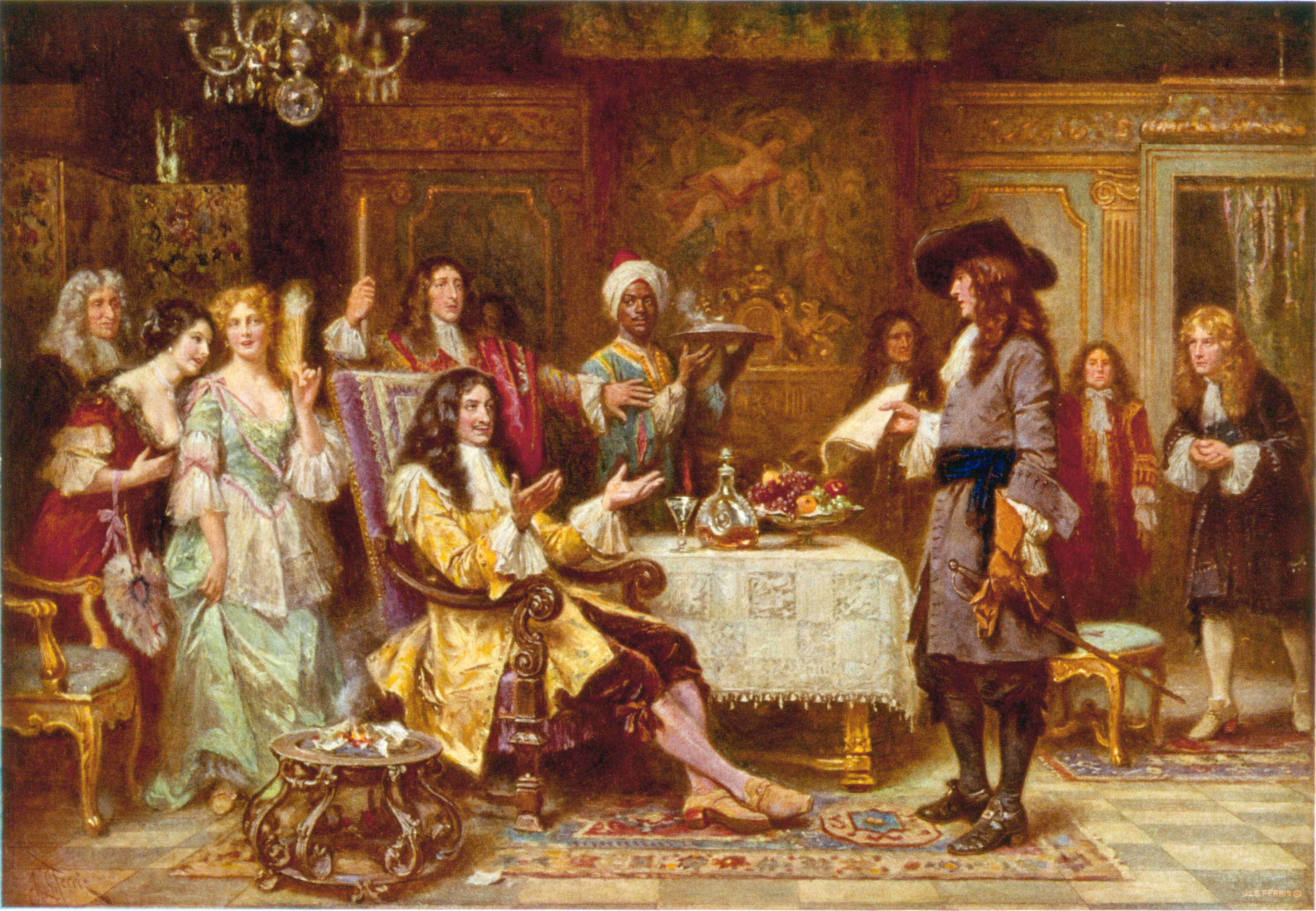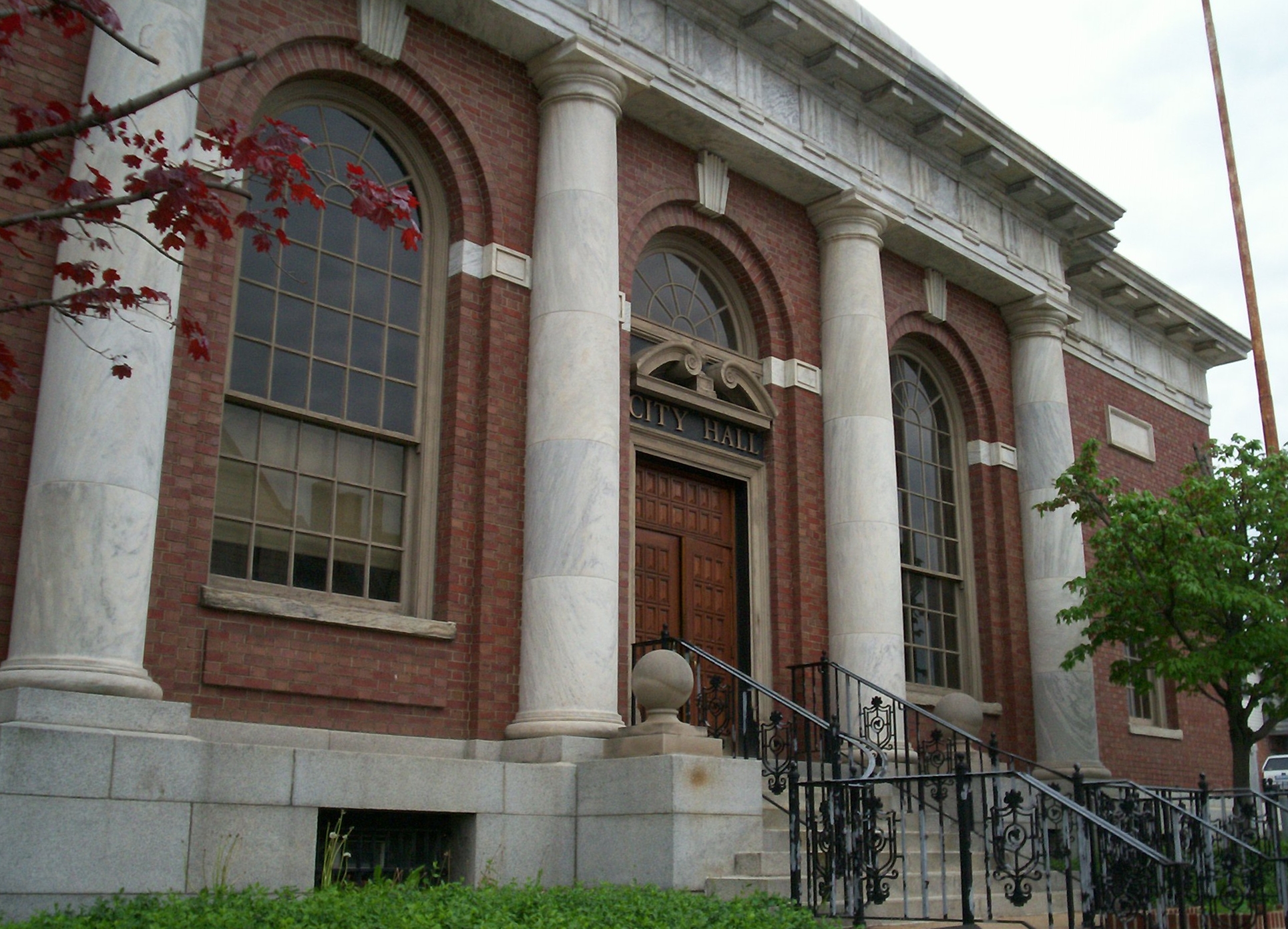|
Presbytery Of Redstone
The Presbytery of Redstone is a Presbytery of the Presbyterian Church (U.S.A.) governing congregations in Westmoreland, Fayette, Somerset, and Cambria Counties in Western Pennsylvania Western Pennsylvania is a region in the U.S. state of Pennsylvania, covering the western third of the state. Pittsburgh is the region's principal city, with a metropolitan area population of about 2.4 million people, and serves as its economic .... Its headquarters in located in Greensburg, Pennsylvania. It governs 80 congregations and 14,971 total congregants. It is part of the Synod of the Trinity. References History of Pennsylvania Presbyterian organizations established in the 18th century Presbyterian Church (USA) presbyteries Religious organizations established in 1781 1781 establishments in Pennsylvania {{Christian-denomination-stub ... [...More Info...] [...Related Items...] OR: [Wikipedia] [Google] [Baidu] |
Presbyterian Church (U
Presbyterianism is a part of the Reformed tradition within Protestantism that broke from the Roman Catholic Church in Scotland by John Knox, who was a priest at St. Giles Cathedral (Church of Scotland). Presbyterian churches derive their name from the presbyterian polity, presbyterian form of ecclesiastical polity, church government by representative assemblies of Presbyterian elder, elders. Many Reformed churches are organised this way, but the word ''Presbyterian'', when capitalized, is often applied to churches that trace their roots to the Church of Scotland or to English Dissenters, English Dissenter groups that formed during the English Civil War. Presbyterian theology typically emphasizes the sovereignty of God, the Sola scriptura, authority of the Scriptures, and the necessity of Grace in Christianity, grace through Faith in Christianity, faith in Christ. Presbyterian church government was ensured in Scotland by the Acts of Union 1707, Acts of Union in 1707, which cre ... [...More Info...] [...Related Items...] OR: [Wikipedia] [Google] [Baidu] |
Synod Of The Trinity
Synod of the Trinity is an upper judicatory of the Presbyterian Church headquartered in Camp Hill, Pennsylvania. The synod oversees sixteen presbyteries covering all of Pennsylvania, most of West Virginia, and a portion of eastern Ohio. History The Presbyterian Church in the United States of America has its roots in the territory of the Synod of the Trinity, which was founded as the Synod of Philadelphia in 1717 following the division of the Presbytery of Philadelphia into three presbyteries (Philadelphia, New Castle, and Long Island), with the synod as a superior body. After the Presbytery of New Brunswick was expelled from the synod in 1741 during a major division in the church, Jonathan Dickinson left the synod in 1745 to form the Synod of New York. An advocate of the Great Awakening, Dickinson founded a seminary that later became Princeton University. The synod was reunited as the Synod of New York and Philadelphia in 1758. By 1851, the synod, then known as the Synod of P ... [...More Info...] [...Related Items...] OR: [Wikipedia] [Google] [Baidu] |
Presbyterian Church (USA) Presbyteries
Presbyterianism is a part of the Reformed tradition within Protestantism that broke from the Roman Catholic Church in Scotland by John Knox, who was a priest at St. Giles Cathedral (Church of Scotland). Presbyterian churches derive their name from the presbyterian form of church government by representative assemblies of elders. Many Reformed churches are organised this way, but the word ''Presbyterian'', when capitalized, is often applied to churches that trace their roots to the Church of Scotland or to English Dissenter groups that formed during the English Civil War. Presbyterian theology typically emphasizes the sovereignty of God, the authority of the Scriptures, and the necessity of grace through faith in Christ. Presbyterian church government was ensured in Scotland by the Acts of Union in 1707, which created the Kingdom of Great Britain. In fact, most Presbyterians found in England can trace a Scottish connection, and the Presbyterian denomination was also taken ... [...More Info...] [...Related Items...] OR: [Wikipedia] [Google] [Baidu] |
Presbyterian Organizations Established In The 18th Century
Presbyterianism is a part of the Reformed tradition within Protestantism that broke from the Roman Catholic Church in Scotland by John Knox, who was a priest at St. Giles Cathedral (Church of Scotland). Presbyterian churches derive their name from the presbyterian form of church government by representative assemblies of elders. Many Reformed churches are organised this way, but the word ''Presbyterian'', when capitalized, is often applied to churches that trace their roots to the Church of Scotland or to English Dissenter groups that formed during the English Civil War. Presbyterian theology typically emphasizes the sovereignty of God, the authority of the Scriptures, and the necessity of grace through faith in Christ. Presbyterian church government was ensured in Scotland by the Acts of Union in 1707, which created the Kingdom of Great Britain. In fact, most Presbyterians found in England can trace a Scottish connection, and the Presbyterian denomination was also taken ... [...More Info...] [...Related Items...] OR: [Wikipedia] [Google] [Baidu] |
History Of Pennsylvania
The history of Pennsylvania stems back thousands of years when the first indigenous peoples occupied the area of what is now Pennsylvania. In 1681, Pennsylvania became an English colony when William Penn received a royal deed from King Charles II of England. Although European activity in the region precedes that date (the area was first colonized by the Dutch in 1643). The area was home to the Lenape, Susquehannocks, Iroquois, Erie, Shawnee, Arandiqiouia, and other American Indian tribes. Most of these tribes were driven off or reduced to remnants as a result of diseases, such as smallpox. The English took control of the colony in 1667. In 1681, William Penn, a Quaker, established a colony based on religious tolerance; it was settled by many Quakers along with its chief city Philadelphia, which was also the first planned city. In the mid-1700s, the colony attracted many German and Scots-Irish immigrants. Pennsylvania played a central role in the American Revolution, and Philad ... [...More Info...] [...Related Items...] OR: [Wikipedia] [Google] [Baidu] |
Presbytery Of Redstone Map
Presbytery and presbyterium may refer to: * Presbyterium, a body of ordained, active priests in the Catholic or Anglican churches * Presbytery (architecture) In church architecture, the chancel is the space around the altar, including the choir and the sanctuary (sometimes called the presbytery), at the liturgical east end of a traditional Christian church building. It may terminate in an apse. Ove ..., the area of a church building more commonly referred to as the "chancel" or "sanctuary" * Presbytery (church polity), a governing body of elders in Presbyterianism * Presbytery (residence), a clergy house, especially for the home of one or more Roman Catholic priests See also * Presbyter * :Presbyteries and classes {{disambig ... [...More Info...] [...Related Items...] OR: [Wikipedia] [Google] [Baidu] |
Washington, Pennsylvania
Washington is a city in and the county seat of Washington County, Pennsylvania. A part of the Greater Pittsburgh area in the southwestern part of the state, the city is home to Washington & Jefferson College and Pony League baseball. The population was 13,176 at the 2020 census. History Delaware Indian chief Tangooqua, commonly known as "Catfish", had a camp on a branch of Chartiers Creek, in what is now part of the city of Washington.Walkinshaw, Lewis Clark (c. 1939). ''Annals of southwestern Pennsylvania, Vol. 1''. New York. Lewis Historical Publishing Company, Inc, p. 16. The French labeled the area "Wissameking", meaning "catfish place", as early as 1757. The area of Washington was settled by many immigrants from Scotland and the north of Ireland along with settlers from eastern and central parts of colonial Virginia. It was first settled by colonists around 1768. The Pennsylvania General Assembly passed an act on March 28, 1781, erecting the County of Washington and na ... [...More Info...] [...Related Items...] OR: [Wikipedia] [Google] [Baidu] |
Church (congregation)
A church (or local church) is a religious organization or congregation that meets in a particular location. Many are formally organized, with constitutions and by-laws, maintain offices, are served by clergy or lay leaders, and, in nations where this is permissible, often seek non-profit corporate status. Local churches often relate with, affiliate with, or consider themselves to be constitutive parts of denominations, which are also called churches in many traditions. Depending on the tradition, these organizations may connect local churches to larger church traditions, ordain and defrock clergy, define terms of membership and exercise church discipline, and have organizations for cooperative ministry such as educational institutions and missionary societies. Non-denominational churches are not part of denominations, but may consider themselves part of larger church movements without institutional expression. The word ''church'' may also be used for other religious communit ... [...More Info...] [...Related Items...] OR: [Wikipedia] [Google] [Baidu] |
Greensburg, Pennsylvania
Greensburg is a city in and the county seat of Westmoreland County, Pennsylvania, United States, and a part of the Pittsburgh Metro Area. The city lies within the Laurel Highlands and the ecoregion of the Western Allegheny Plateau (ecoregion), Western Allegheny Plateau. The city is named after Nathanael Greene, a major general of the Continental Army in the American Revolutionary War. The population was 14,976 at the 2020 United States census, 2020 census. Located southeast of Pittsburgh, Greensburg is a major business, academic, tourism, and cultural center in Western Pennsylvania. It is evident as the city's population doubles during work hours. In 2007, Greensburg was ranked as one of the "Best Places to Retire" in Pennsylvania by ''U.S. News & World Report''. History After the end of the American Revolutionary War, Revolutionary War, an inn was built along a wagon trail that stretched from Philadelphia west over the Appalachian Mountains to Fort Pitt (Pennsylvania), Fort P ... [...More Info...] [...Related Items...] OR: [Wikipedia] [Google] [Baidu] |
Western Pennsylvania
Western Pennsylvania is a region in the U.S. state of Pennsylvania, covering the western third of the state. Pittsburgh is the region's principal city, with a metropolitan area population of about 2.4 million people, and serves as its economic and cultural center. Erie, Altoona, and Johnstown are its other metropolitan centers. As of the 2010 census, Western Pennsylvania's total population is nearly 4 million. Although the Commonwealth does not designate Western Pennsylvania as an official region, since colonial times it has retained a distinct identity not only because of its geographical distance from Philadelphia, the beginning of Pennsylvania settlement, but especially because of its topographical separation from the east by virtue of the Appalachian Mountains, which characterize much of the western region. The strong cultural identity of Western Pennsylvania is reinforced by the state supreme court holding sessions in Pittsburgh, in addition to Harrisburg and Philadelphia ... [...More Info...] [...Related Items...] OR: [Wikipedia] [Google] [Baidu] |
Presbytery (church Polity)
Presbyterian (or presbyteral) polity is a method of church governance ("ecclesiastical polity") typified by the rule of assemblies of presbyters, or elders. Each local church is governed by a body of elected elders usually called the session or ''consistory'', though other terms, such as ''church board'', may apply.For example, the Church of the Nazarene, which subscribes to a body of religious doctrines that are quite distinct from those of most properly named Presbyterian denominations (and which instead descends historically from the Wesleyan Holiness Movement), employs a blend of congregationalist, episcopal, and presbyterian polities; its local churches are governed by an elected body known as the church board or simply "board members"; the term elder in the Nazarene Church has a different use entirely, referring to an ordained minister of that denomination. Groups of local churches are governed by a higher assembly of elders known as the presbytery or classis; presbyter ... [...More Info...] [...Related Items...] OR: [Wikipedia] [Google] [Baidu] |






